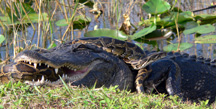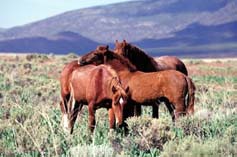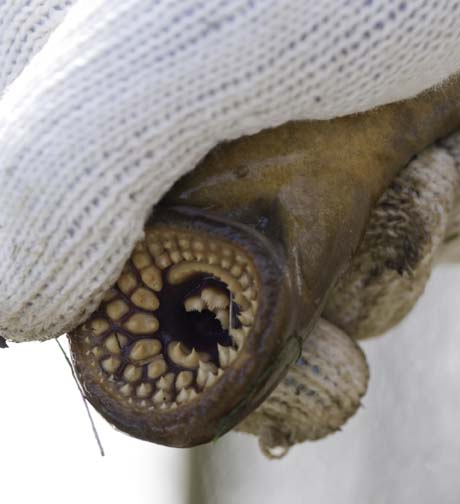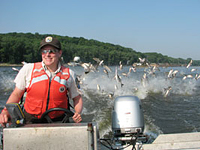 Small mammals have been almost completely wiped out in the Everglades by invasive pythons, a study in the journal Proceedings of the National Academy of Sciences said Monday.
Small mammals have been almost completely wiped out in the Everglades by invasive pythons, a study in the journal Proceedings of the National Academy of Sciences said Monday.
If this sounds like journalistic exaggeration to you, it did to me too. Doubting the news reports, I went straight to the open access PNAS paper (in early release). Surveys from 2003 to 2011, the paper says, saw a:
“…99.3% decrease in the frequency of raccoon observations, decreases of 98.9% and 87.5% for opossum and bobcat observations, respectively, and failed to detect rabbits.”
Why should you care? Check out this map of potential python habitat in the U.S. Though many doubt pythons will spread out of south Florida, the risk is there.
Read the PNAS paper here. (A PDF)
Read the US Geological Survey press release here.
A story in the Washington Post is here. Google says that there were over 700 news reports on this. Here’s another from The Atlantic Magazine’s blog AtlanticWire.
The US Fish and Wildlife Service recently banned the important and interstate transport of pythons and other constrictors. Read more about that here.
Photo by Mike Rochford , University of Florida, used courtesy of the US Geological Survey







